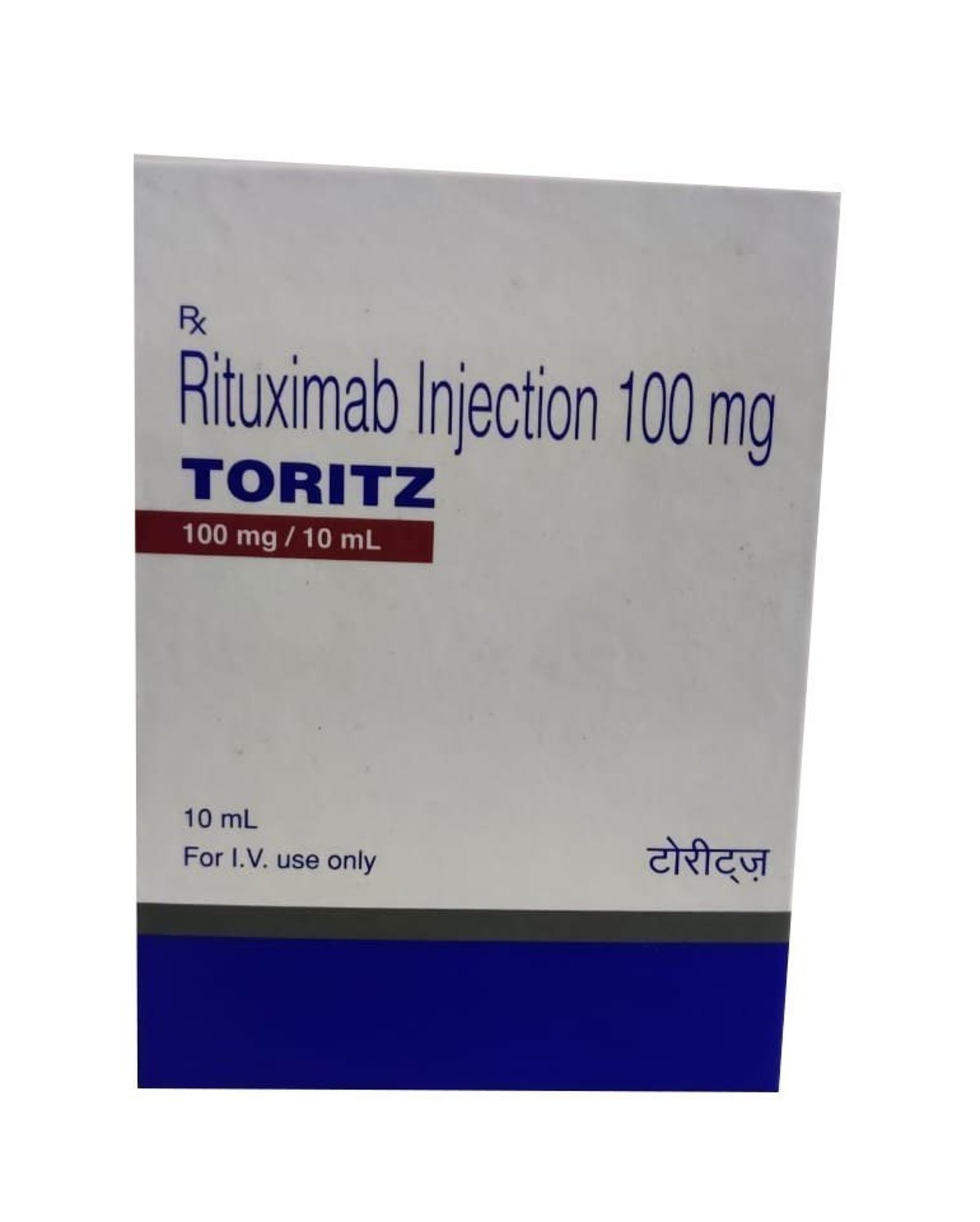Paclitax NAB is a medication used to treat various types of cancer, including ovarian, breast, and non-small cell lung cancer. It is an injectable medication that works by inhibiting the growth and division of cancer cells.
Composition:
Paclitax NAB contains Paclitaxel, a medication that is derived from the Pacific yew tree.
Indications:
Paclitax NAB is indicated for the treatment of:
- Advanced ovarian cancer
- Breast cancer
- Non-small cell lung cancer
- Other types of cancer, including esophageal, gastric, and head and neck cancer
Mechanism of Action:
Paclitaxel works by:
- Inhibiting the polymerization of tubulin, which is a key component of microtubules
- Disrupting the formation of microtubules, which are essential for the growth and division of cancer cells
Dosage and Administration: The recommended dosage of Paclitax NAB is:
- 100mg/m² administered as an intravenous infusion over 3 hours
- The dose should be repeated every 3-4 weeks or as directed by the healthcare provider
Side Effects:
Common side effects of Paclitax NAB include:
- Neutropenia (low white blood cell count)
- Anemia (low red blood cell count)
- Thrombocytopenia (low platelet count)
- Fatigue
- Hair loss
- Nausea and vomiting
- Diarrhea
- Abdominal pain
Serious side effects can include:
- Severe allergic reactions
- Cardiac arrhythmias
- Myelosuppression (reduced bone marrow function)
- Neurotoxicity (nerve damage)
Contraindications:
Paclitax NAB is contraindicated in patients with:
- Hypersensitivity to Paclitaxel
- Severe neutropenia or thrombocytopenia
- Active bleeding or bleeding disorder
- Pregnancy or breastfeeding
Precautions:
- Patients with a history of cardiac disease should be closely monitored while receiving Paclitax NAB.
- Patients with a history of liver or kidney disease should be closely monitored while receiving Paclitax NAB.
- Patients with a history of neurotoxicity should be closely monitored while receiving Paclitax NAB.
Patient Counseling:
- Patients should be counseled on the importance of taking their medication as directed and not missing doses.
- Patients should be instructed to report any signs of nausea or vomiting.
- Patients should be advised to report any changes in their appetite or weight loss.
Storage and Handling:
- Store at room temperature (20°C to 25°C) and protected from light.
- Do not freeze or expose to direct sunlight.
- Use within 24 months of opening.
Please note that the dosage and administration information is based on the recommended dosage and may vary depending on individual patient needs and circumstances.



Reviews
There are no reviews yet.